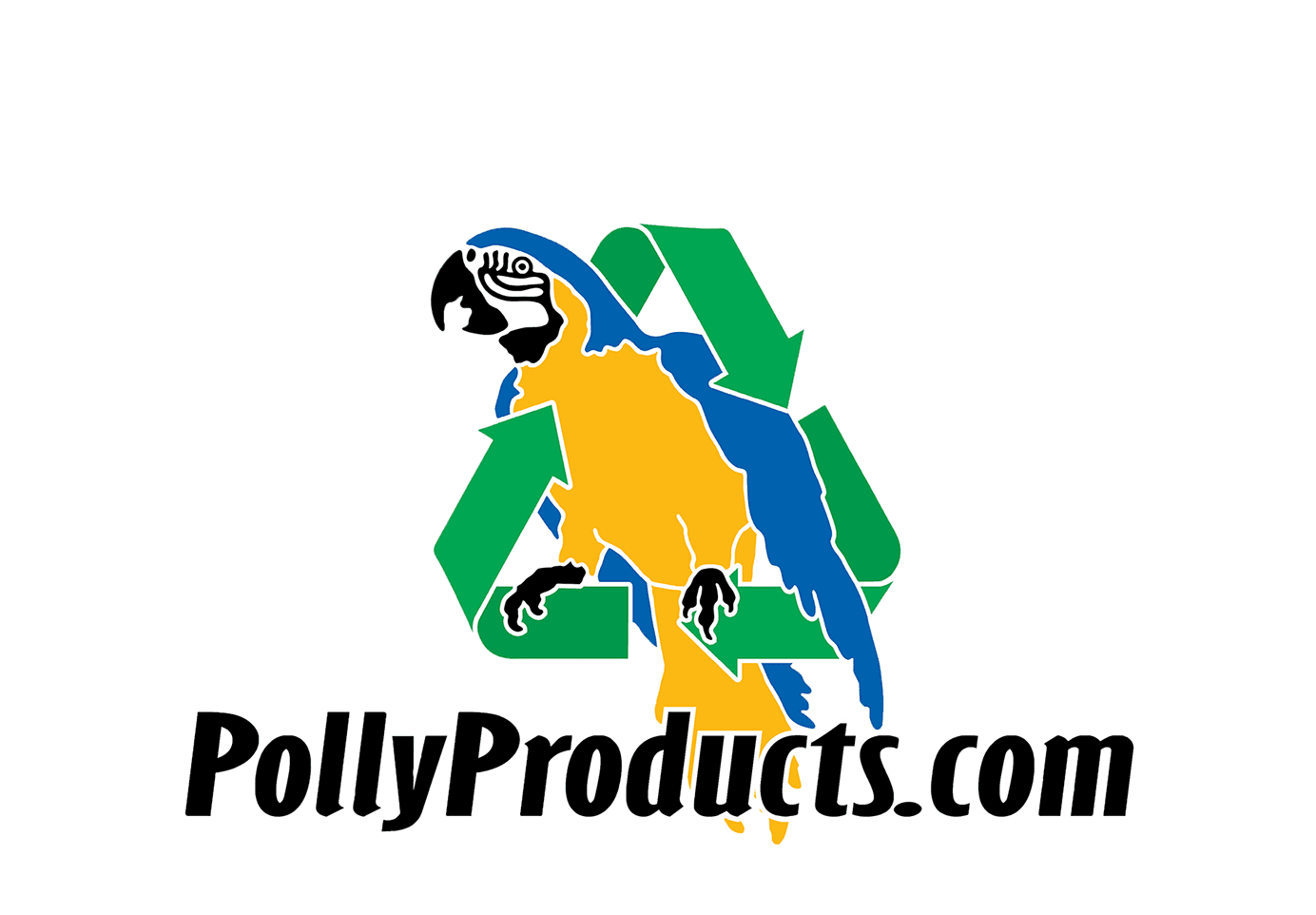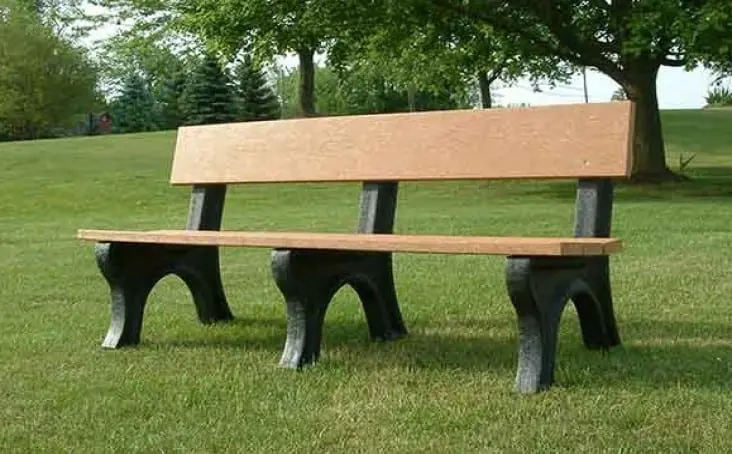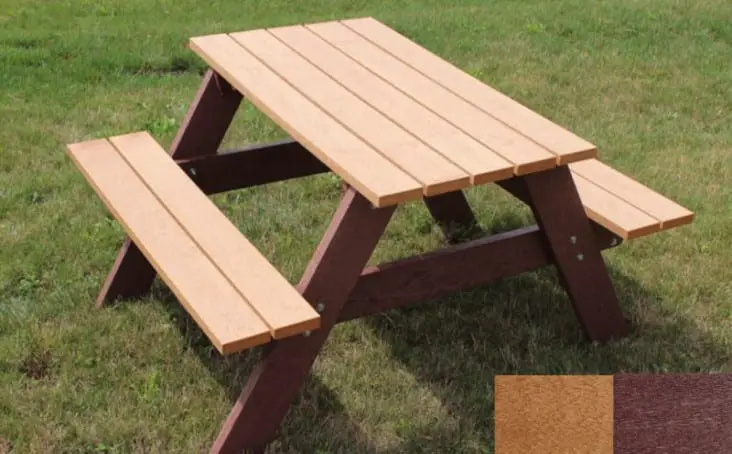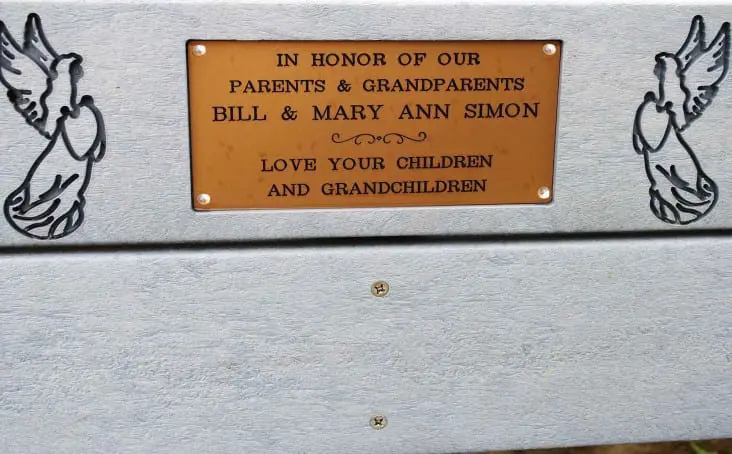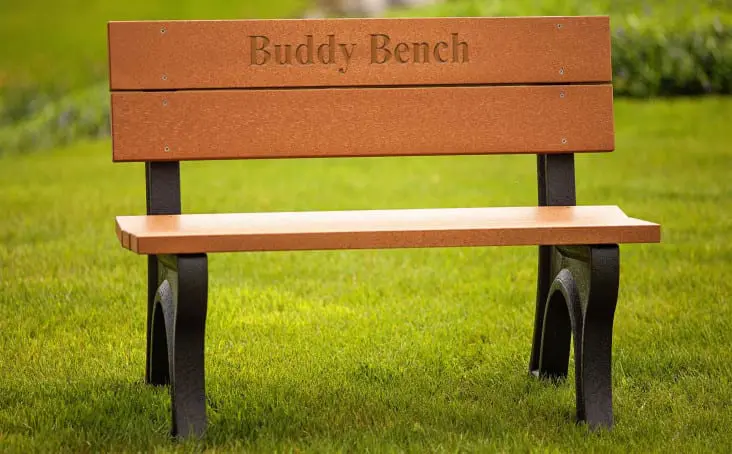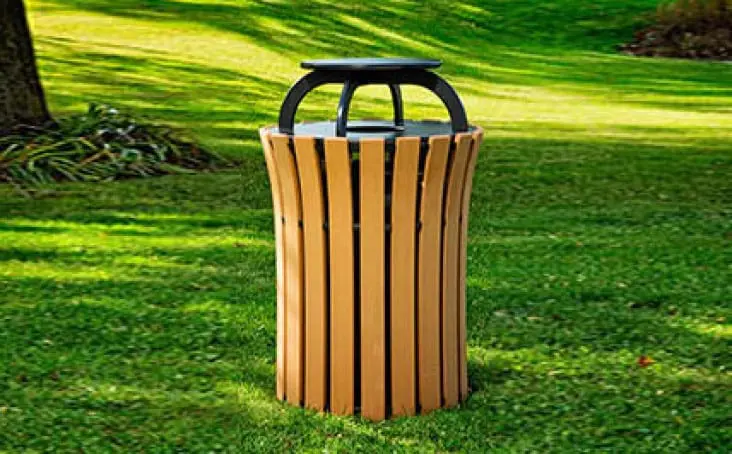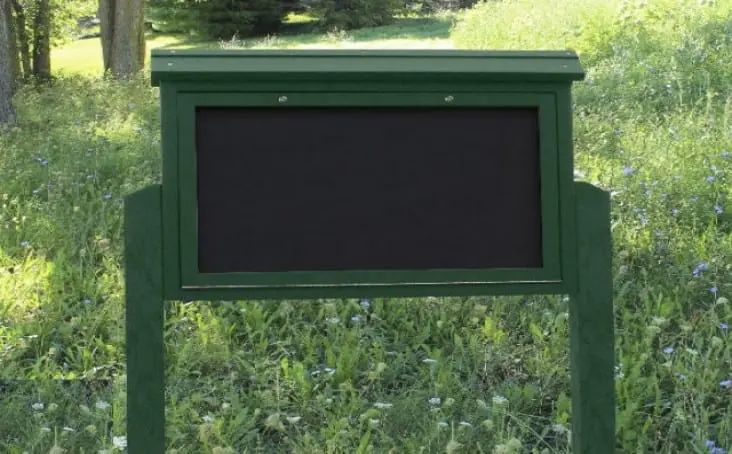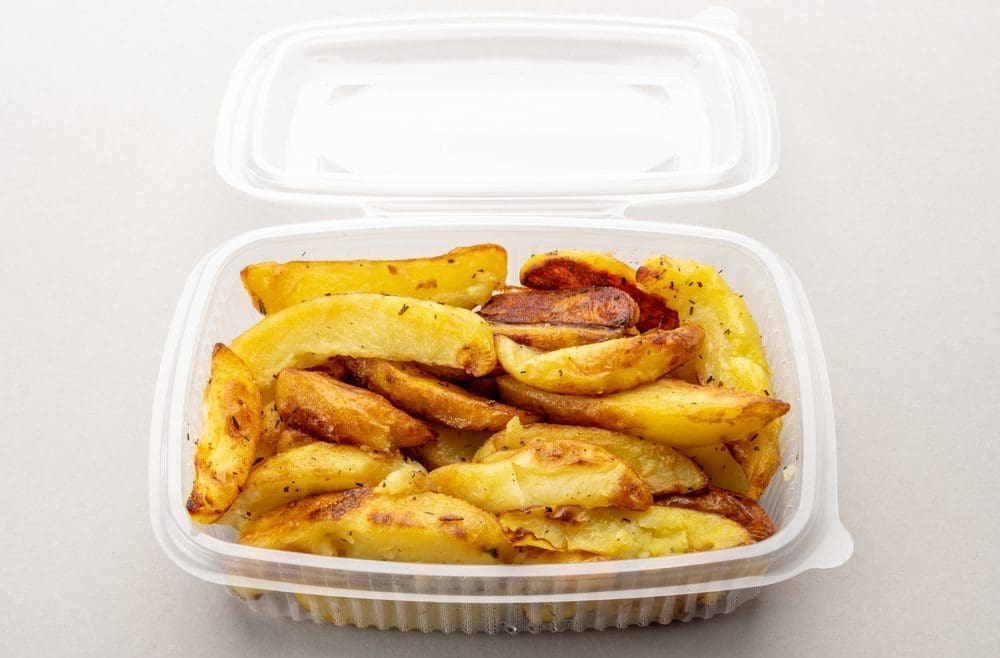

While you might refer to plastic as if it were only one kind of material, plastics can vary greatly and serve different purposes. For example, some plastics are more flexible and lightweight, such as those used for plastic bags, while others are more durable and sturdy, such as those used for outdoor recreational furniture.
However, plastic isn’t just identified based on its structure. The specific type of material a plastic is made out of will also determine whether it is toxic or food grade—food grade meaning the material or substance is deemed safe to use with food products.
In order for a plastic to be designated as food-safe, it must meet strict requirements set in place by the US Food and Drug Administration (FDA). Below, we’ll look at the different types of food-safe plastic, the specific regulations set forth by the FDA, and what food-safe plastic can be used for.
Which Plastic Types are Food Grade?
Plastics are typically identified by the number that is marked on them in the middle of the triangular recycling symbol. There are currently seven different types of plastic, but only five of them are considered food grade or safe to use with foods. These include:
#1 PET
Polyethylene Terephthalate or Plastic #1 is the most common type of plastic and is widely used for food and beverage products. This is a safe plastic to use for drink and food containers; however, it is not intended to be reused as the plastic can break down over time and leach substances into the food.
#2 HDPE
High-Density Polyethylene is Plastic #2, and like PET, it is also commonly used for food and beverage products. Unlike PET, though, HDPE is a much stronger plastic and is typically used for containers that require more durability, such as milk jugs and condiment containers. It is also often used for industrial food use in larger containers. HDPE is very food safe because it is much more durable and can be reused as it doesn’t leach harmful chemicals.
#4 LDPE
Low-Density Polyethylene or Plastic #4 is also food grade, but it is a much weaker plastic, so it is typically only used for temporary storage, such as produce bags, bread bags, and plastic food wrap. While this plastic is safe for use with foods, it is not the best plastic to use as it is not widely accepted at recycling centers. However, it can often be recycled with plastic shopping bags at collection centers located in retailers and grocery stores.
#5 PP
Polypropylene is Plastic #5, and it is the second most commonly used plastic next to PET. PP is food grade and heat-resistant, which means it is often used for microwavable and dishwasher-safe food products. This is a very food-safe material, but it is also not accepted at all recycling facilities, so be mindful when using it.
What Are the Regulations Concerning Food Grade Plastic?
All plastics must be approved by the FDA before they can be designated as food grade. This means that all ingredients and additives in the plastic are safe and will not leach chemicals or affect the taste, smell, or color of the food or beverage. Food-grade plastic will also be checked to ensure it does not have any negative reactions to temperature and moisture.
Beyond the material itself, the facilities that manufacture food-grade plastic must also meet strict standards. They must be extremely clean and utilize safe practices to ensure the plastics are not contaminated. Once the final product is made, it will be thoroughly inspected before receiving an official food-grade certification.
What Is Food Grade Plastic Used For?
So many things today are made out of food-grade plastic, including:
- Grocery bags
- Produce bags
- Plastic wrap
- Reusable food containers, dinnerware, and utensils
- Single-use containers, dinnerware, and utensils
- Reusable water bottles
- Single-use water bottles
- Milk jugs
- Squeeze bottles and condiment containers
- Food storage bags
- Bread bags
- Lids, caps, and can rings
- Medication bottles
- Beverage bottles and jugs
Remember, just because a product is initially stored or served in a plastic container does not mean that container is safe for reuse with other food or beverage products. As mentioned above, some food-grade plastics can still break down over time and leach chemicals into the product. So always make sure you check the plastic number before reusing it or before exposing it to extreme temperatures, such as heat, which could also break it down.
Polly Products: Food Grade Safe Recreational Furniture
Not only can food-grade plastic be used directly with food and beverage products, but some can also be used to create recycled plastic products, such as recreational furniture. At Polly Products, we make outdoor furniture, such as park benches and picnic tables, made of 100% recycled HDPE plastic.
This means our products are safe to come into contact with foods, and they won’t break down over time. HDPE is non-toxic, sturdy, long-lasting, and weather-resistant, meaning it provides the perfect material for use in outdoor recreational furniture that can withstand the test of time.
But don’t take our word for it; check out this 5-star review from one of our satisfied customers:
“Top quality park/backyard furniture all made from post-consumer recycled #2 plastic (milk jugs). The picnic table will last a lifetime in any environment, hot, cold, rainy, salty, no problem. Also, being food grade plastic means it’s non-toxic unlike treated lumber or the paint used on other outdoor furniture.”
We maintain the highest standards for ecological conservation in both our business practices and our product development. While the EPA only requires manufacturers to utilize 25% recovered content for aluminum and metal furnishings to state their products are recycled, our products are made of 100% recycled plastic. Furthermore, our products use zero formaldehyde, which can be found in other recycled plastic products, and we offer a 20-year warranty that beats out most competitors. We can back it up because we make the components ourselves.
Located in rural Michigan, we proudly supply environmentally responsible outdoor furniture, 100% made and assembled in the USA. Check out our green promise for more information about our products and how Polly Products is making a difference.
